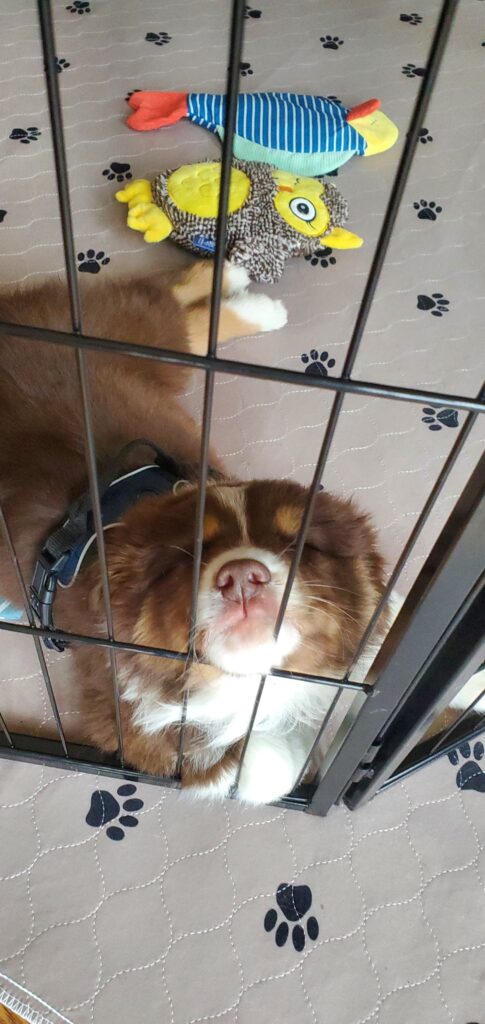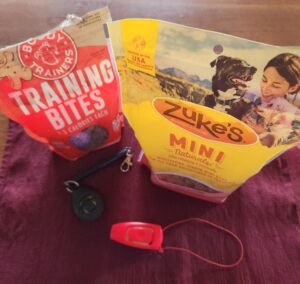Considering whether a crate or kennel training is essential for your puppy? Both serve as secure havens, ensuring your puppy’s well-being and providing a confined space.
Anticipating Your Puppy’s Size
When selecting a crate or kennel for your puppy, it’s essential to consider their future adult size. Opting for a size that accommodates them at around six months, when they’re about two-thirds of their adult size. A practical option is a kennel with an adjustable divider, allowing you to adapt the space as your puppy matures.
Creating a Cozy Space
Despite the common belief that bigger is better, puppies prefer smaller, secure spaces. A cozy, den-like area fosters a sense of safety crucial for their well-being. The ideal crate size allows your puppy to stand, turn around, and lie down comfortably. This sizing consideration not only enhances your puppy’s security but also aids in effective potty training, as puppies naturally avoid soiling their sleep area.
Introducing Your Puppy to Their Crate

While not all puppies readily accept their crates, you can help them view it as a comfortable sanctuary with some strategies:
- Never use the crate as a punishment.
- Leave the crate door open for free access when the puppy is out.
- Make the crate special by offering toys or treats saved only for the crate to create positive associations.
- Ensure privacy in the crate, providing a retreat from the world.
- Avoid reinforcing unwanted behaviors like whining by waiting for quiet moments before letting the puppy out.
A Fundamental Investment
Investing in a well-chosen crate or kennel for training is crucial for responsible puppy ownership. It ensures your puppy’s safety, comfort, and effective training while fostering a positive association with their confined space. Consider it a long-term investment in both your puppy’s well-being and your peace of mind.








